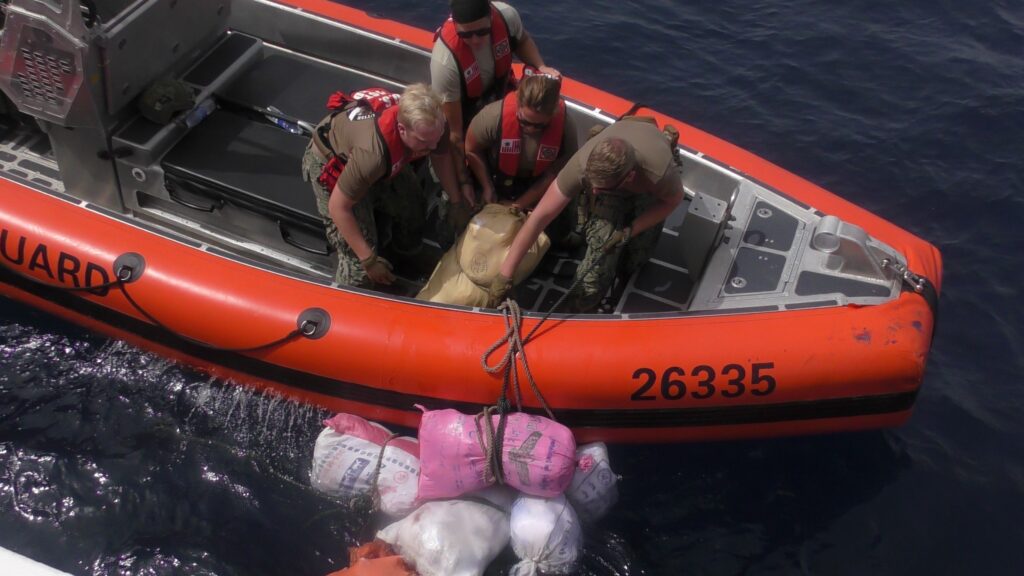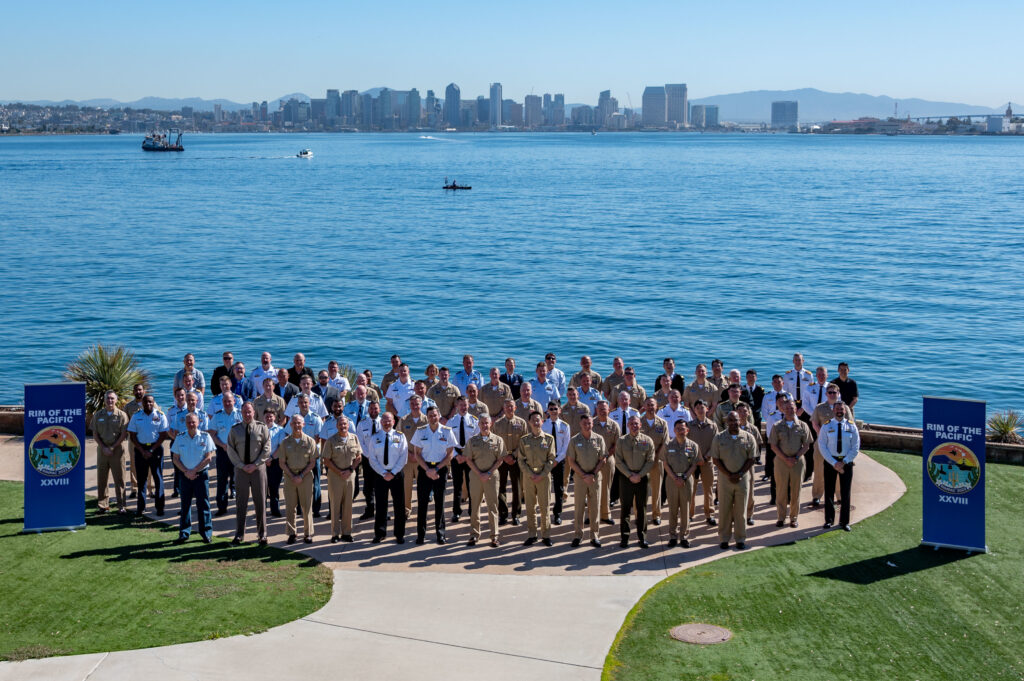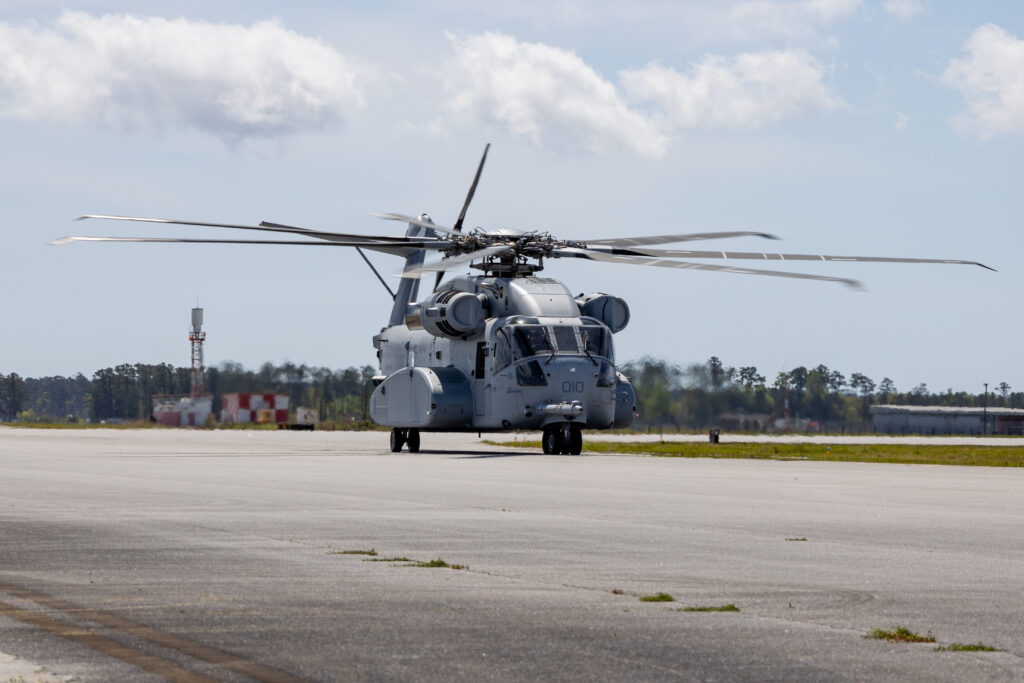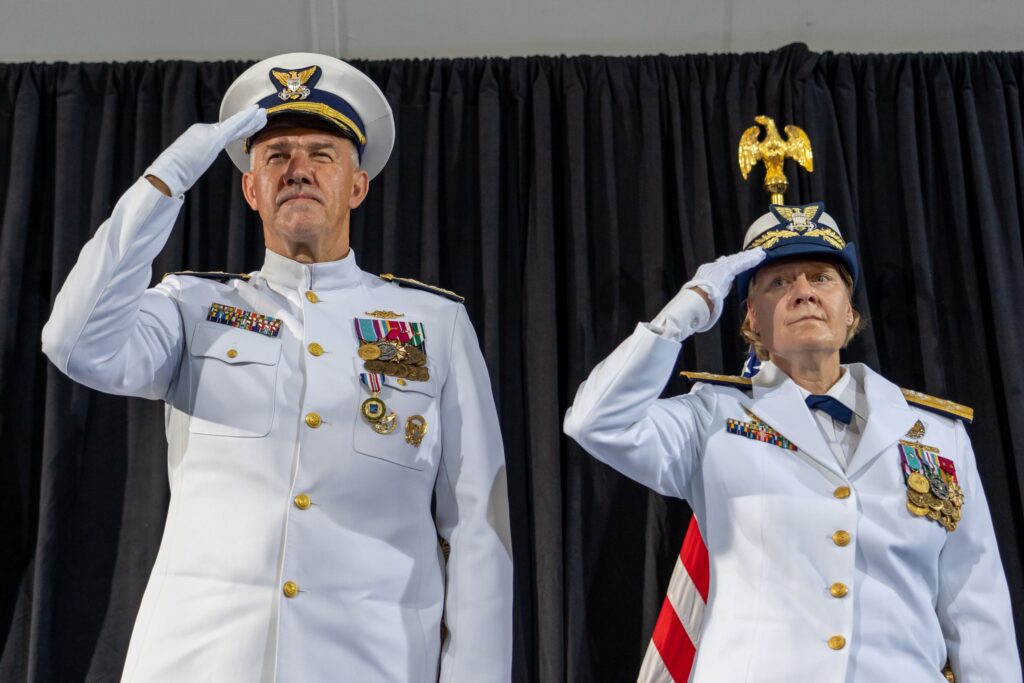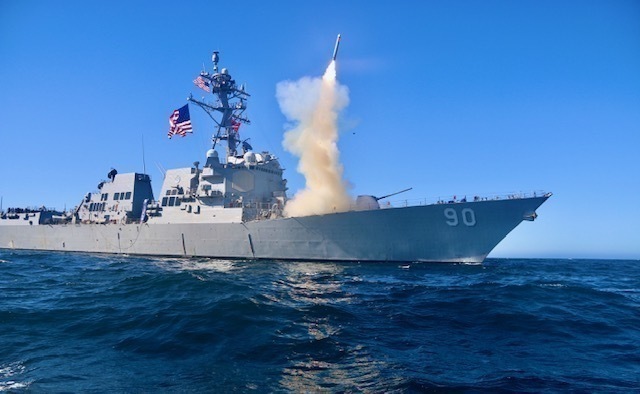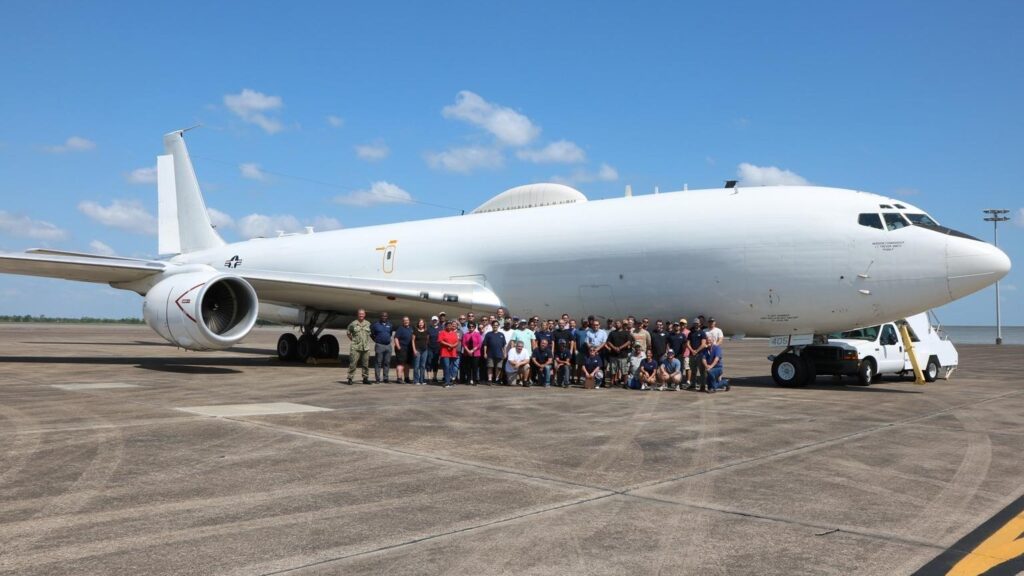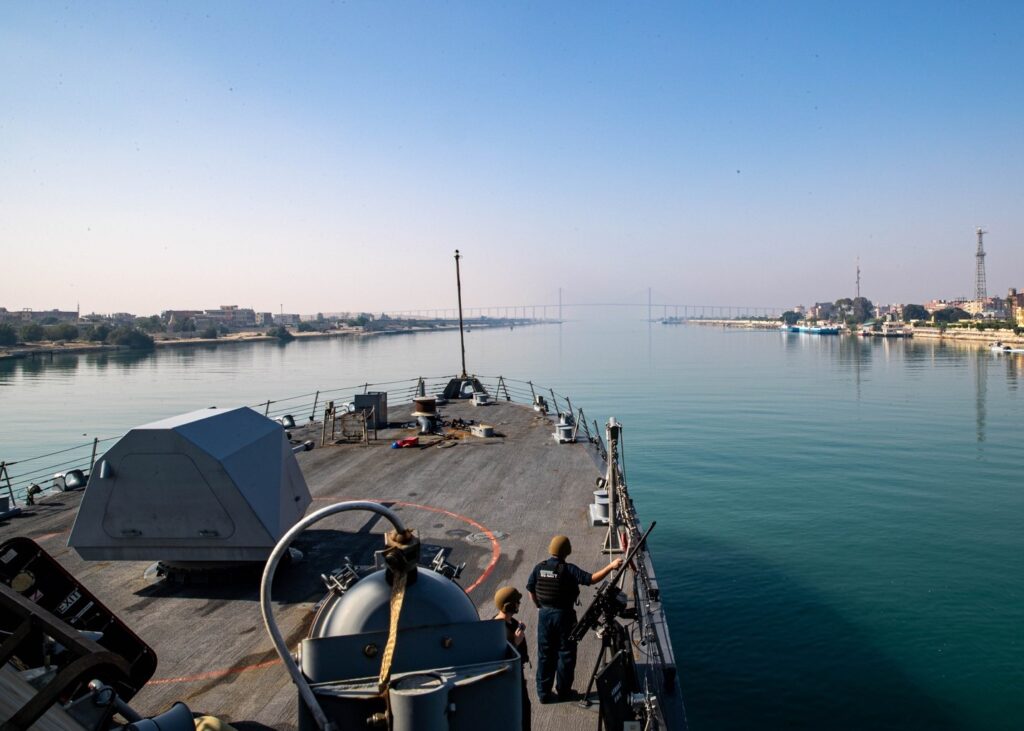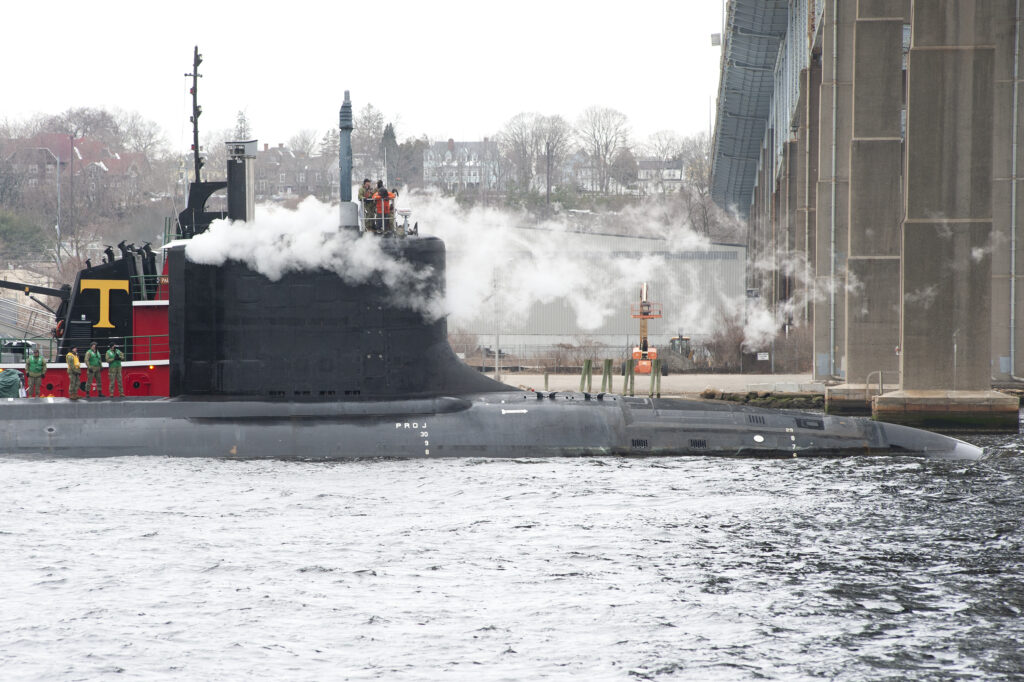ARLINGTON, Va. — The secretary of the Navy and chief of naval operations announced June 1 the following assignments:
Rear Adm. Frederick W. Kacher will be assigned as vice director for operations, J-3, Joint Staff, Washington, D.C. Kacher is currently assigned as assistant deputy chief of naval operations for Operations, Plans, and Strategy, N3/N5B, Office of the Chief of Naval Operations, Washington, D.C.
Rear Adm. (lower half) John V. Menoni, selected for promotion to rear admiral, will be assigned as assistant deputy chief of naval operations for Operations, Plans, and Strategy, N3/N5B, Office of the Chief of Naval Operations, Washington, D.C. Menoni is currently serving as commander, Expeditionary Strike Group Two, Virginia Beach, Virginia.
Rear Adm. (lower half) Michael J. Steffen, selected for promotion to rear admiral, will be assigned as commander, Navy Reserve Forces Command, Norfolk, Virginia. Steffen is currently serving as commandant, Naval District Washington, Washington, D.C.
Rear Adm. (lower half) Rick Freedman will be assigned as director, Education and Training, Defense Health Agency, Falls Church, Virginia. Freedman is currently serving as director, Medical Systems Integration and Survivability, N44, Office of the Chief of Naval Operations, Washington, D.C.
Rear Adm. (lower half) Patrick S. Hayden will be assigned as director, Readiness and Logistics, U.S. Naval Forces Europe-Africa, Naples, Italy. Hayden is currently serving as deputy director, Logistics, Fleet Supply and Ordnance (N4), U.S. Pacific Fleet, Pearl Harbor, Hawaii.
Rear Adm. (lower half) Jonathan E. Rucker, selected for promotion to rear admiral (lower half), will be assigned as program executive officer, Attack Submarines, Washington, D.C. Rucker is currently serving as major program manager, Program Executive Office, Columbia, Washington, D.C.
Rear Adm. (lower half) Darin K. Via will be assigned as deputy chief, Bureau of Medicine and Surgery; deputy surgeon general of the Navy; and director, Medical Resources, Plans and Policy Division, N0931, Office of the Chief of Naval Operations, Washington, D.C. Via is currently serving as commander, Naval Medical Forces Atlantic, with additional duties as director, Tidewater Market, Portsmouth, Virginia.
Capt. Luke A. Frost, selected for promotion to rear admiral (lower half), will be assigned as director, Reserve Warfare, Office of the Chief of Naval Operations, Washington, D.C. Frost is currently serving as chief of staff, Office of the Chief of Navy Reserve, Washington, D.C.
